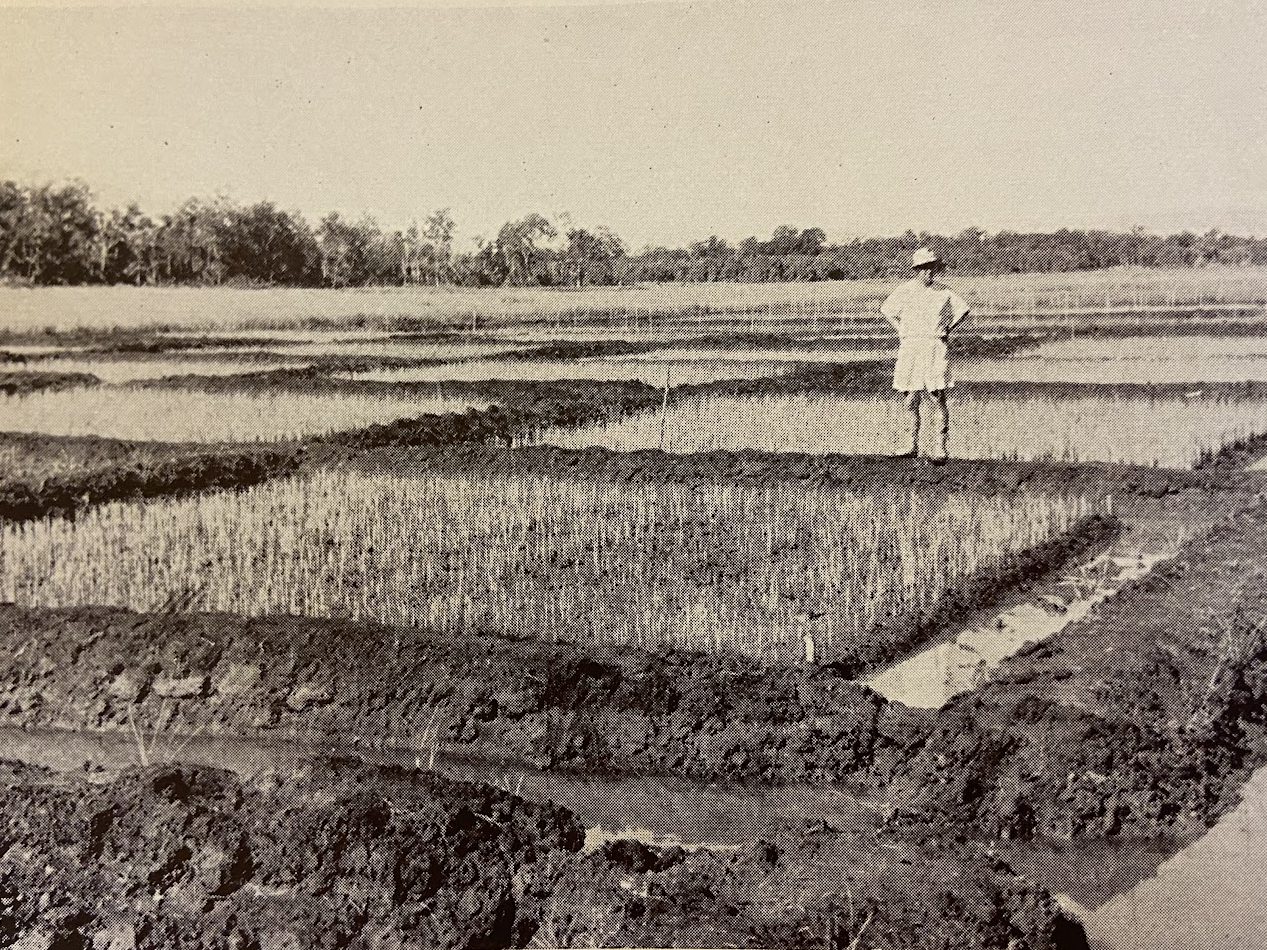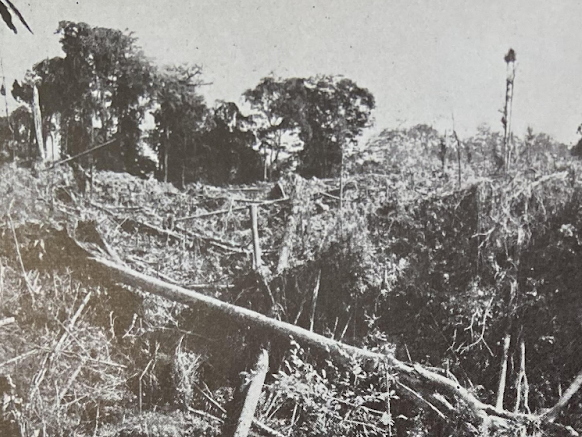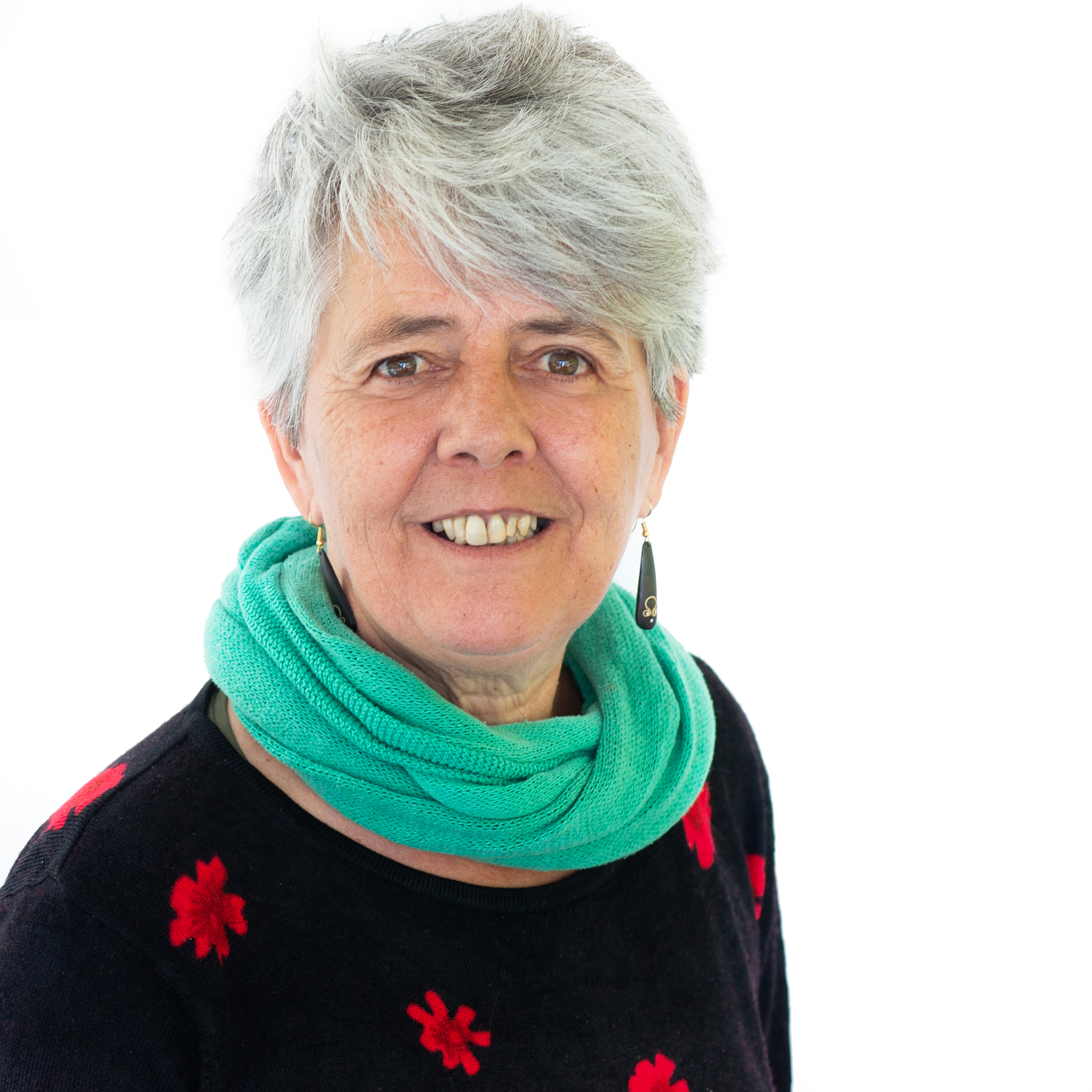Nickel mine exploitation threats to Sulawesi’s natural environment
14 November, 2024
Friday 01 november 2024
Header photo: Deforestation in Sorong Papua for palm oil plantations, February 2024 © Yayasan Pusaka Bentala Rakyat
This blog is written by our intern Femke Schouten
On 26 September, 2024, the World Resources Institute (WRI) hosted an event to celebrate a decade of declining rates of deforestation in Indonesia, showcasing what they describe as a ‘global success story of groundbreaking progress and opportunities in the world’s third largest rainforest’[1]Indonesia: Celebrating a Decade of Reduced Deforestation, and to Achieving FOLU Net Sink 2030, in the World’s Third-Largest Rainforest | World Resources Institute (wri.org). However, is there truly cause for celebration? Critics argue that the decline in national deforestation rate is misleading: in regions where deforestation has slowed, such as parts of Sumatra and Kalimantan, there is simply not much forest left to cut down[2]Papua deforestation highlights eastward shift of Indonesia forest clearing. Regional data reveal that in provinces with relatively abundant forest cover remaining, deforestation rates are in fact rising: the frontier of deforestation is moving east to Sulawesi, Maluku and Tanah Papua.
For instance, in Tanah Papua – located on the island of New Guinea which holds the world’s third largest and most biodiverse rainforest[3]New Guinea has the world’s richest island flora | Nature – significant threats loom. Just a week before the WRI event, Mongabay reported on the ‘World’s biggest deforestation project’ underway in Papua, aimed at clearing 2 million hectares of forests wetlands and grasslands in Merauke district[4]World’s biggest deforestation project gets underway in Papua for sugarcane (mongabay.com). The initiative seeks to realize President Joko Widodo’s vision of ‘developing’ Papua and transforming Merauke into Indonesia’s ‘food barn’[5]Sekretariat Kabinet Republik Indonesia | Tanam Tebu Perdana di Merauke, Presiden: Pemerintah Fokus Kembangkan Ketahanan Pangan (setkab.go.id). This new project follows earlier development plans in the region, such as the Merauke Integrated Food and Energy Estate (MIFEE), initiated in 2011. MIFEE was justified by claims that it would contribute to national food security through the production of rice and sugarcane. Although the project failed to become Indonesia’s food barn, it leaves behind a legacy of devastated ecosystems still waiting to be transformed into palm oil and pulpwood plantations[6]Past failures can’t stop Indonesia from clearing forests, Indigenous lands for farms.
The mass scale allocation of Indigenous lands to extractive companies by Jakarta – at present, thirty percent (0.13 million km²) of Tanah Papua’s total land surface – depicts the mentality of the Indonesian government that Tanah Papua is undeveloped and empty[7]‘For years, the Indonesian government has characterized West Papua as being backward in terms of social and human development, claiming that it needs Indonesian help to advance.’ Indonesia’s … Continue reading. Hereby, they disregard the presence and rights of Indigenous peoples who have been living on this land for centuries. For these communities, such as the Malind Anim in Merauke, the land, plants and animals are not seen as commodities waiting to be extracted, but as family[8]All the Birds are Gone: Indigenous Women Speak Out Against Forest Loss in Papua | Asia Justice & Rights. The Indigenous peoples of Papua have sustainably managed their forests and land for centuries. The forests not only serve as a source of sustenance but also as the foundation of their cultural and spiritual identity. The destruction of these natural habitats equates to the destruction of Indigenous peoples (ecologically induced genocide[9]The Merauke Integrated Food and Energy Estate (MIFEE): An Ecologically Induced Genocide of the Malind Anim: Journal of Genocide Research: Vol 23 , No 2 – Get Access (tandfonline.com)). The acquisition of customary land is generally accompanied by military presence and gross human rights violations[10]Resisting Agribusiness Development: The Merauke Integrated Food and Energy Estate in West Papua, Indonesia | Advances in Southeast Asian Studies (univie.ac.at). Contrary to the promises of local prosperity and national food security, the industrial plantations are destroying traditional food sources, resulting in widespread malnutrition[11]Indigenous land rights under threat – the impact of palm oil expansion in Papua – (humanrightsmonitor.org, ‘In the plantations there is hunger and loneliness’: The cultural dimensions … Continue reading.
The current developments in Tanah Papua echoe colonial narratives. In the 1960’s the Dutch described New Guinea as ‘a kind of no man’s land, peopled by tribes as barbarian as they were mysterious’[12]Book. Beeld van Nieuw Guinea. 1961. Anthony van Kampen (p. 3). They claimed to ‘have achieved important results regarding the exploration of a country which, not so very long ago, was largely terra incognita, untrodden earth’[13]Book. Beeld van Nieuw Guinea. 1961. Anthony van Kampen (p. 5). The Dutch too attempted to transform the land of Merauke into rice fields: a picture of the new rice fields is titled ‘A wilderness only yesterday… No forgotten earth but fields full of rice’[14]Book. Beeld van Nieuw Guinea. 1961. Anthony van Kampen (p. 62). Just as the current Indonesian government, the Dutch were convinced that ‘the primeval forest must be attacked’[15]Book. Beeld van Nieuw Guinea. 1961. Anthony van Kampen (p. 31). Such narratives, claiming to develop the territory and to civilize the people, were used to justify the Dutch colonisation. 60 years later, it is no longer the Netherlands but Indonesia who enforces its model of development, victimising both people and nature. As long as these false narratives prevail, there is nothing to celebrate.

‘A wilderness only yesterday. No ‘forgotten earth’ but fields full of rice.’ taken in Merauke (Book. Beeld van Nieuw Guinea. 1961. Anthony van Kampen)


‘Attacking the forest’ (Book. Beeld van Nieuw Guinea. 1961. Anthony van Kampen)
IUCN NL aims to support Indigenous peoples and local communities (IP&LCs) in Indonesia and other countries in their efforts to protect their environment through a number of projects.

